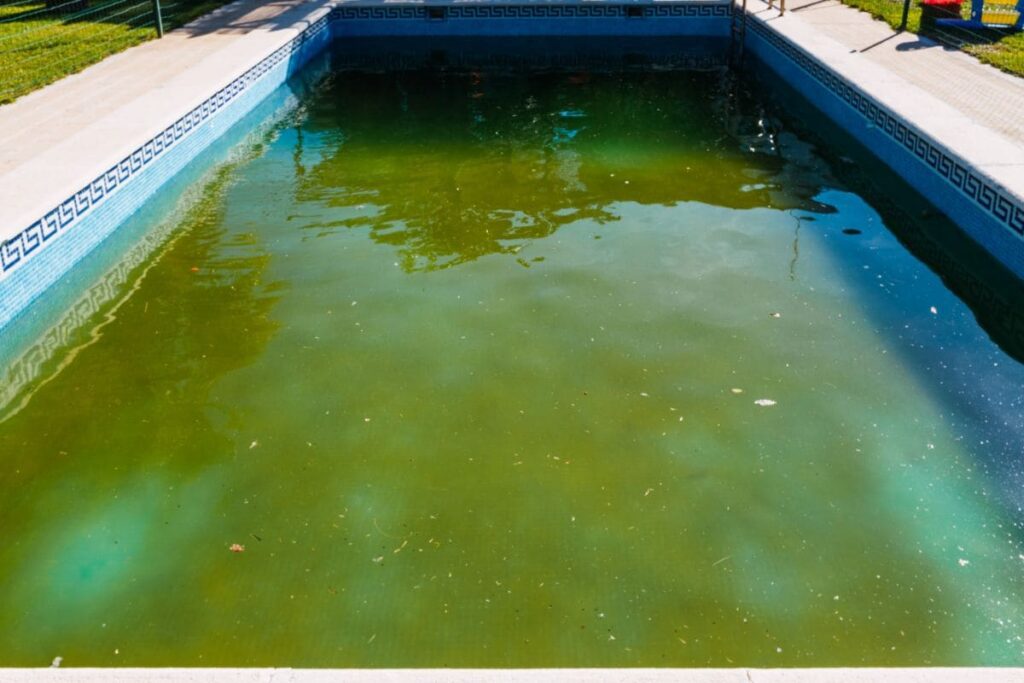Introduction
Black algae, scientifically known as Cyanobacteria, is one of the most challenging issues pool owners face. This algae type is not only a nuisance due to its unsightly appearance, but it also poses several health risks. In this article, we explore why black algae is a significant problem in swimming pools, the health risks associated with its presence, and effective solutions to prevent and eradicate it.
Why Black Algae Is Problematic
Black algae is notoriously difficult to remove once it takes hold in a pool. It forms a protective layer that shields it from typical levels of chlorine and other sanitizers, allowing it to thrive in cracks and crevices of the pool surfaces. Unlike other algae types, black algae embed their roots deeply into pool surfaces, making them particularly stubborn and hard to eradicate.
Health Risks Associated with Black Algae
- Skin Irritations: Direct contact with black algae can cause dermatitis, which includes symptoms like redness, itching, and rashes. Swimmers with sensitive skin are particularly vulnerable to these irritations.
- Respiratory Issues: Black algae can release toxins known as cyanotoxins, which, when inhaled, can lead to respiratory issues, especially in individuals with asthma or other respiratory conditions.
- Water Quality Degradation: As black algae decompose, they can degrade the water quality, leading to cloudy, unpleasant-smelling water that compromises the swimming experience.
Solutions to Combat Black Algae
- Proper Sanitization: Maintaining an appropriate and consistent level of chlorine or other sanitizers is crucial. Since black algae are resistant to standard levels, shock treatments may be necessary to disrupt their growth.
- Physical Removal: Regular brushing of pool surfaces helps disrupt the growth cycle of black algae. Focus on scrubbing the sides and bottom of the pool where algae tend to root deeply.
- Balanced Water Chemistry: Keep the pool’s pH, alkalinity, and calcium hardness within recommended levels. Balanced water conditions prevent algae growth and protect pool equipment and surfaces.
- Use of Algaecides: Incorporating algaecides specifically designed to target black algae can significantly help in controlling its presence. Ensure the product is compatible with your pool type and water chemistry.
- Regular Pool Maintenance: Regularly clean and backwash the pool filter to ensure it is not a breeding ground for algae. Also, vacuum the pool frequently to remove any debris that could nourish algae growth.
Conclusion
Black algae in pools is not only an aesthetic issue but a health and maintenance challenge as well. By understanding the risks associated with black algae and implementing a comprehensive prevention and treatment strategy, pool owners can maintain a clean, healthy, and enjoyable swimming environment. Regular maintenance, balanced water chemistry, and timely intervention are key to preventing the growth and spread of black algae in swimming pools.


